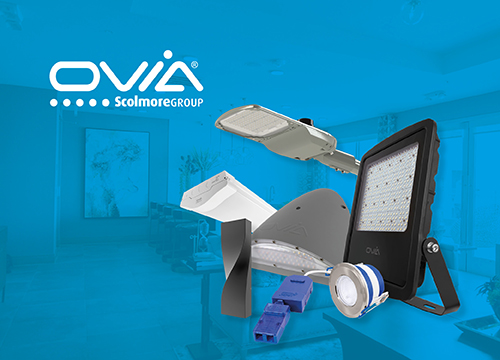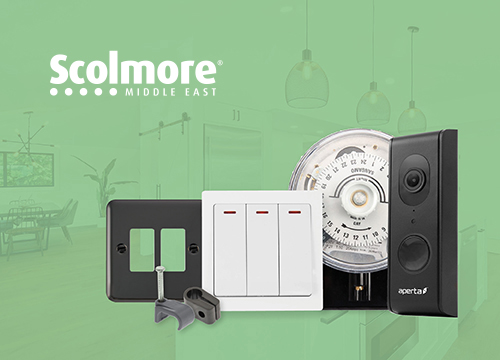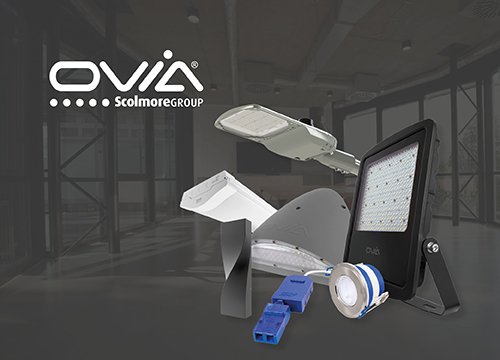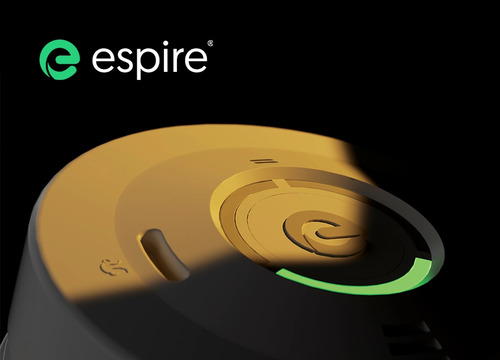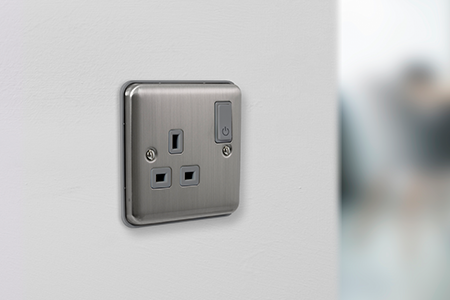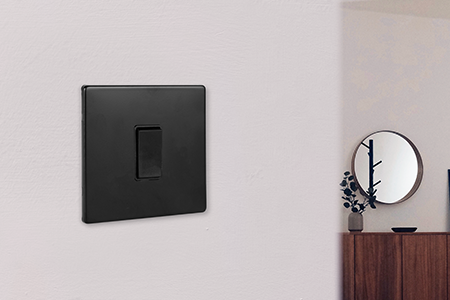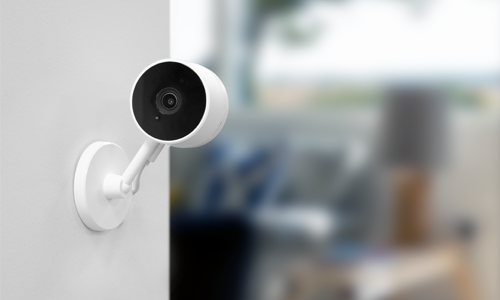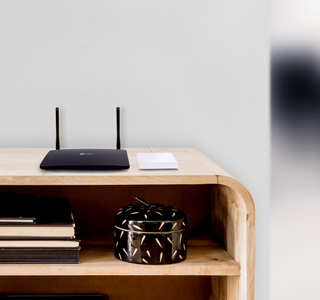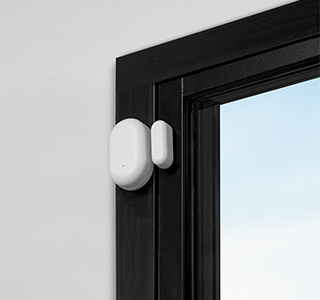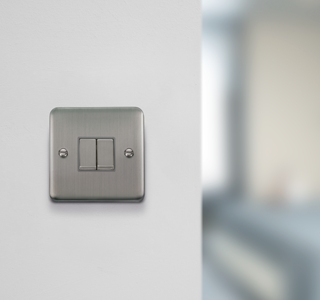
Outdoor power – the associated risks and how to overcome them
It has long been recognised that there are additional risks associated with supplying electrical energy to outdoor equipment. The physical risks include, amongst others, variations in temperature and solar radiation, presence of water and high humidity, presence of corrosive substances, impact and vibration. Additionally, there is a very real increased risk from electric shock as a person is more likely to be in simultaneous contact with the equipment and general mass of Earth.
Jake Green, technical engagement manager, Scolmore Group, considers many of these risk factors and addresses how such risks are mitigated with the correct installation practices, accessories, and equipment.
Environmental risks
The designer/installer of the electrical installation is required to select an installation method such that protection against expected external influences is provided in all appropriate parts of the wiring system (522). To this end the designer/installer must factor into their design all relevant external influences as well as simply selecting the correct size and type of cable.
For electrical equipment selected for use outdoors the external influences are varied.
- Ambient temperature – Regulation 522.1.2 states that wiring system components, including cables and wiring accessories, shall only be installed within the limits stated in the relevant product information given by the manufacturer.
It is important that due account is taken of the technical information supplied by a manufacturer. For example, the OVIA lighting technical specification for the Centuri LED wall light states that the critical operating temperature is within the range -20 °C to +50 °C. The installer of the product must ensure that during normal operation these limits are not exceeded.
- Presence of water – Regulation Group 522.3 details the requirements of BS 7671 where there is the presence of water or high humidity. Regulation 522.3.1 requires that a wiring system is selected and erected so that no damage is caused by condensation or ingress of water. The selection of accessories having an appropriate IP rating whilst ensuring the IP rating is not compromised during installation is a critical aspect of ensuring that wiring systems are not adversely affected. The IP rating of equipment must be suitable for the location (522.3.1).
To help designers/installers to make suitable choices, Scolmore produce a range of weatherproof accessories (Aquip66) which have an IP 66 rating. This rating provides ‘dust tight’ protection against ingress by objects and ‘power water jets’ protection against ingress by water.
- Impact – Regulation Group 522.6 requires wiring systems to be selected and erected to minimise damage from mechanical stress. This will include for example, abrasion, penetration, tension, or compression (522.6.1).
It might be necessary also to consider the suitability of the IK rating[1] of the equipment is suitable, such as IK08 for equipment used in marinas and similar locations (709.512.2.1.4).
Whilst these general requirements exist in Section 522, specific locations will have particular needs. For example, Part 7 details a range of installations where it will be necessary to take additional precautions when designing the electrical installation. Such locations will include for example, agricultural and horticultural locations, construction and demolition sites, caravan and camping parks, marinas, and similar locations. These locations have additional requirements over and above those detailed in Section 522.
When designing/installing systems and equipment, care should be exercised to ensure that not only the wiring system but that the associated accessories and electrical equipment is suitable for use and takes account of all the relevant environmental factors.
Shock risks
As most equipment installed outdoors is accessible to touch, there is an increased risk of electric shock for persons who are also in contact with the general mass of Earth.
By way of a tragic example, on 11th September 2018, a young boy died whilst playing with a friend in a pub garden. The boy had sat on a light and touched a metal railing resulting in an electric shock that proved fatal. The local distribution board was found to be unearthed and there had been multiple warnings about the safety of the electrical installation.
The introduction of RCDs having a rated residual operating current not exceeding 30 mA into the UK wiring regulations, was to provide additional protection against electric shock. When there is a fault to earth, RCDs provide a faster way of disconnecting electric current than typical overcurrent protective devices such as fuses and circuit-breakers.
Whilst Regulation 411.3.3 requires 30 mA RCDs to be installed when supplying socket-outlets and Regulation 411.3.4 requires 30 mA RCDs to be installed for circuits with luminaires in domestic premises, it is Section 714 which requires 30 mA RCDs to be installed to provide additional protection for circuits supplying lighting which is accessible to the public (ordinary persons) (714.411.3.4).
Regulation 714.411.3.4 provides examples of accessible lighting which requires additional protection by a 30 mA RCD. These include, gardens (including beer gardens), spaces open to the public, telephone kiosks, bus shelters and advertising panels and town plans.
Whilst 714.411.3.4 details some exclusions, the example list is not exhaustive, and the designer/installer should be careful not to exclude a suitably rated RCD.
Conclusion
The designer/installer should ensure that all necessary external influences have been factored into the selection and erection of the wiring system and associated accessories. Furthermore, all circuits supplying socket-outlets for use outdoors and all accessible lighting must be protected by a 30 mA RCD.
The standard BS EN 62262 relates to IK ratings, to identify the degree of protection provided by enclosures for electrical equipment against external mechanical impacts.

Scolmore adds new product files to BIM library
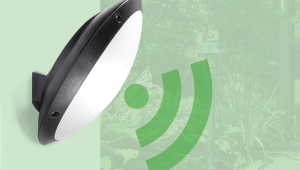
New Microwave Sensor Technology from Scolmore


